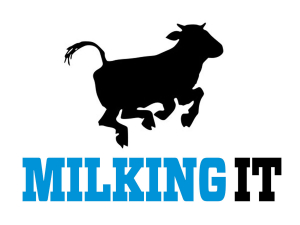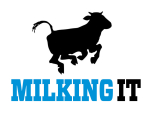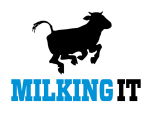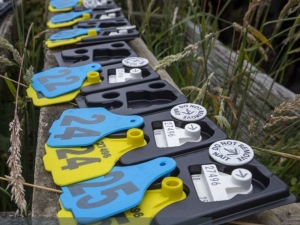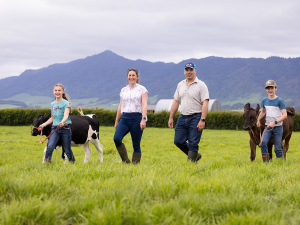The quantity of the greenhouse gas methane breathed out by young bulls is currently being measured by machines. It's hoped the least-gassy males will sire less-gassy daughters, which could significantly reduce farming emissions.
Experts estimate that by breeding lower-methane bulls and cows with each other throughout a 10-year programme, they could reduce an individual cow's methane emissions by up to 10%.
Breeding companies LIC and CRV Ambreed have paired up to achieve the goal. From this month, the two groups will monitor the methane emitted by 300 bulls, to be kept in special testing pens with seven to nine others. To measure methane, bulls need to regularly stick their heads into a monitoring machine.
Solutions won't come as quickly as James Shaw might like, but they are being worked on.

